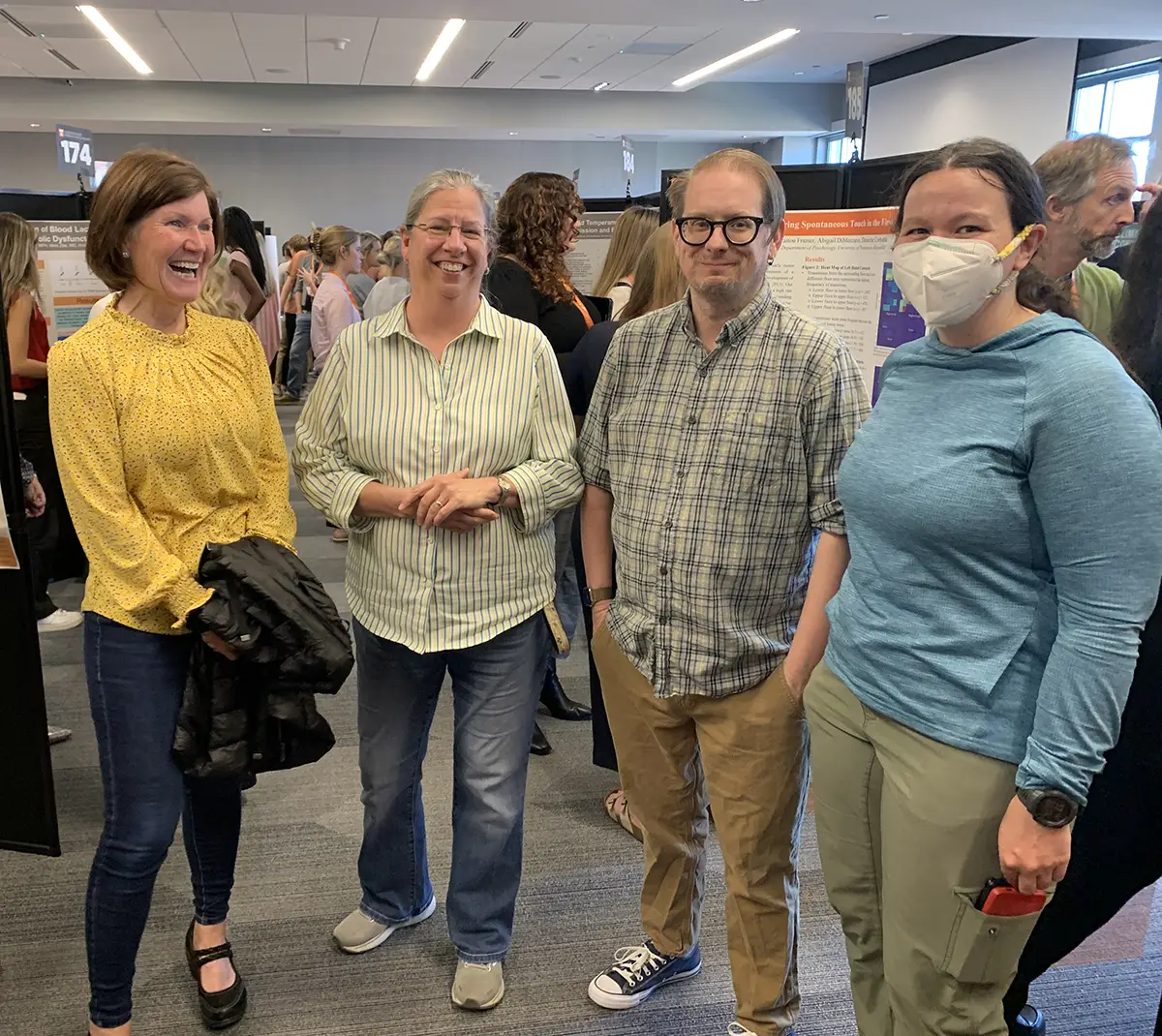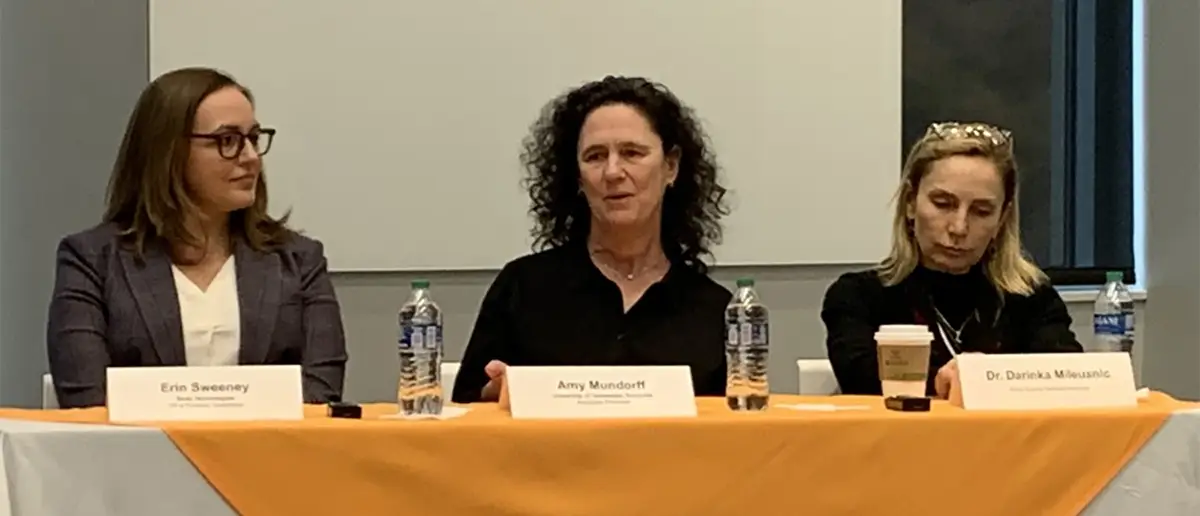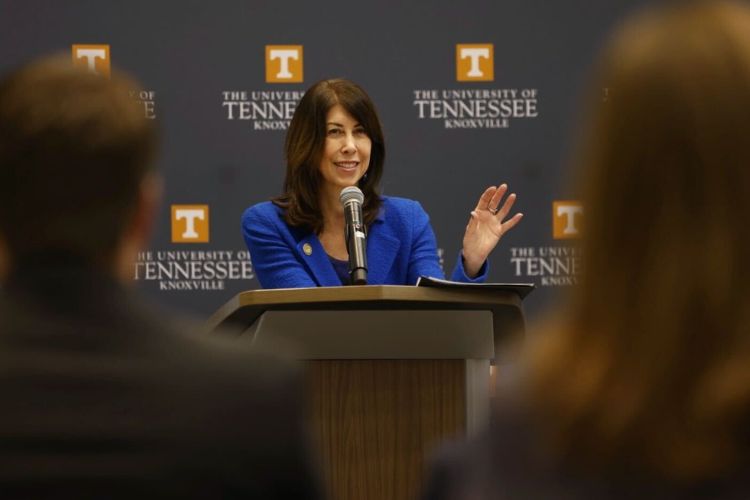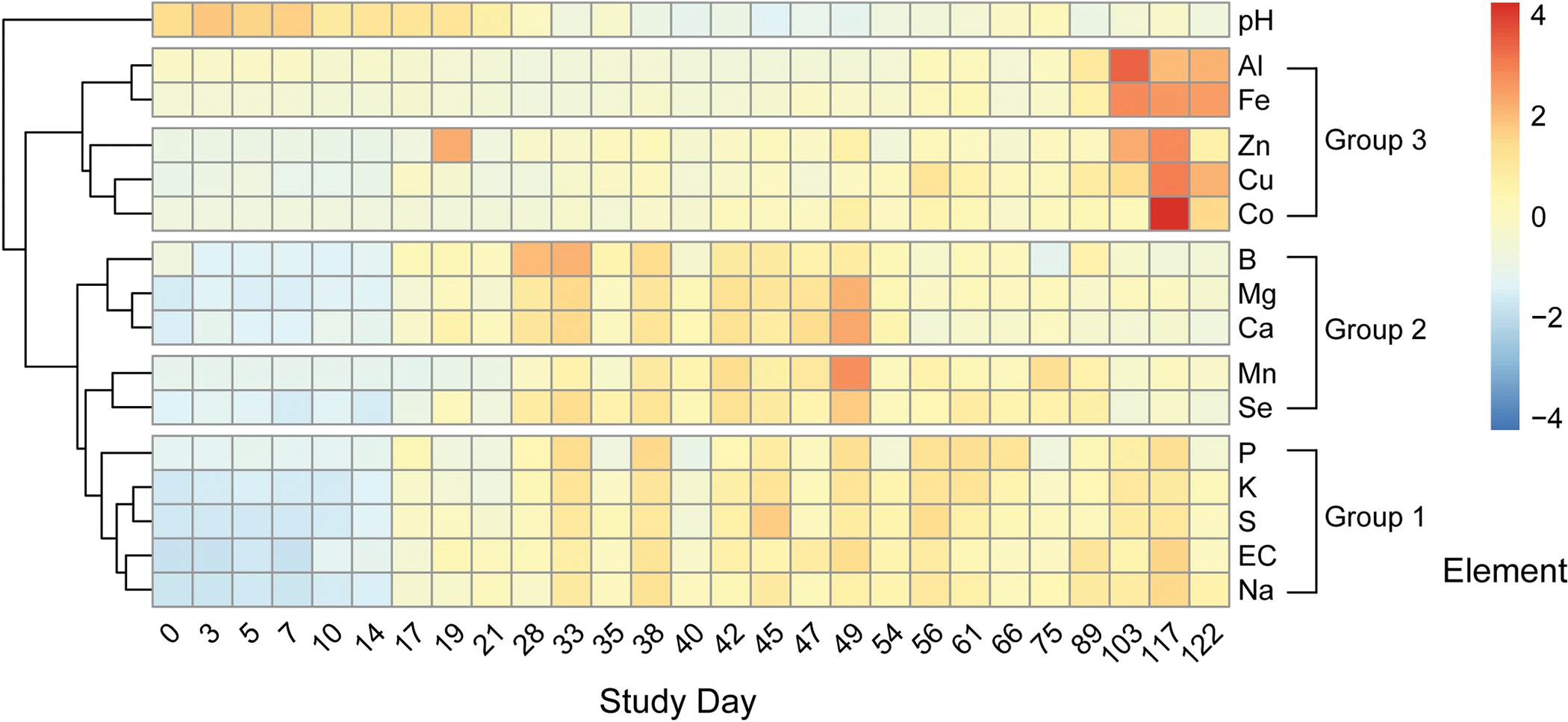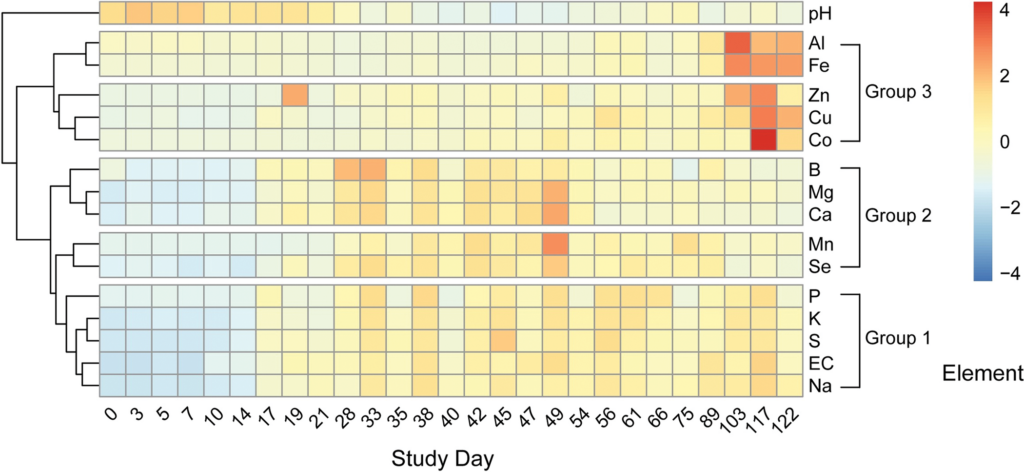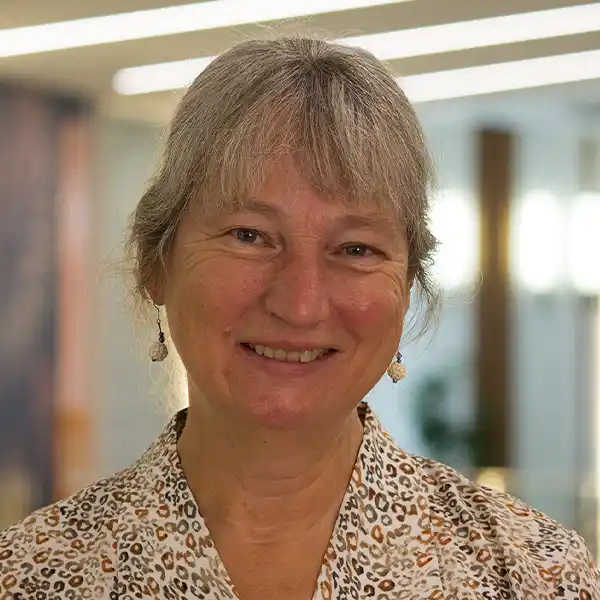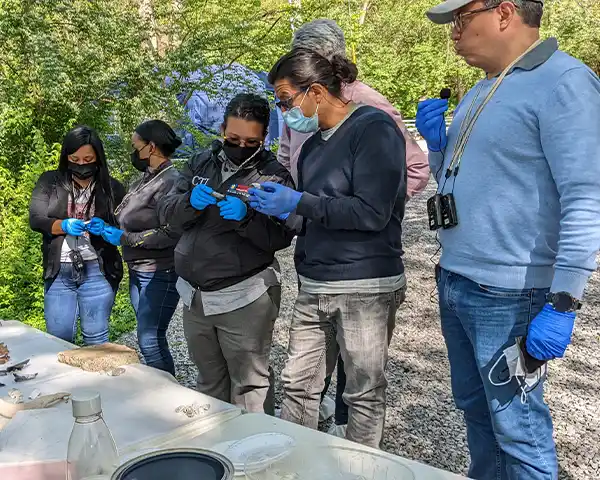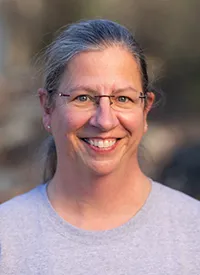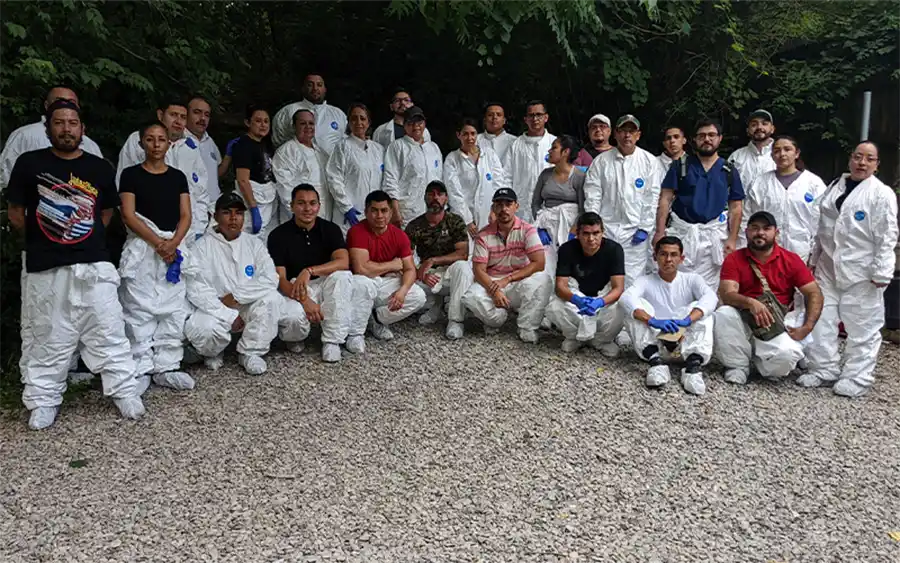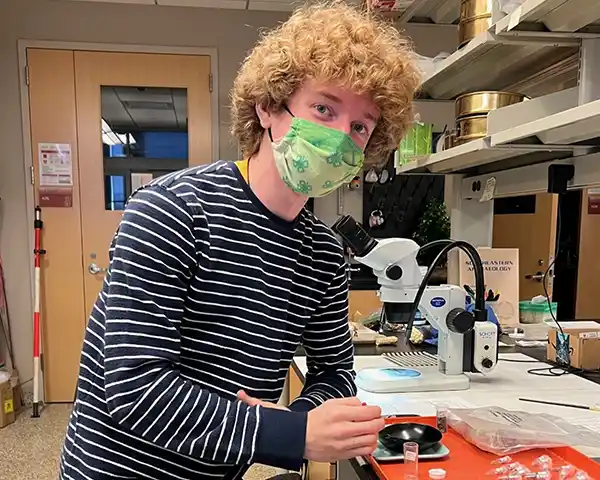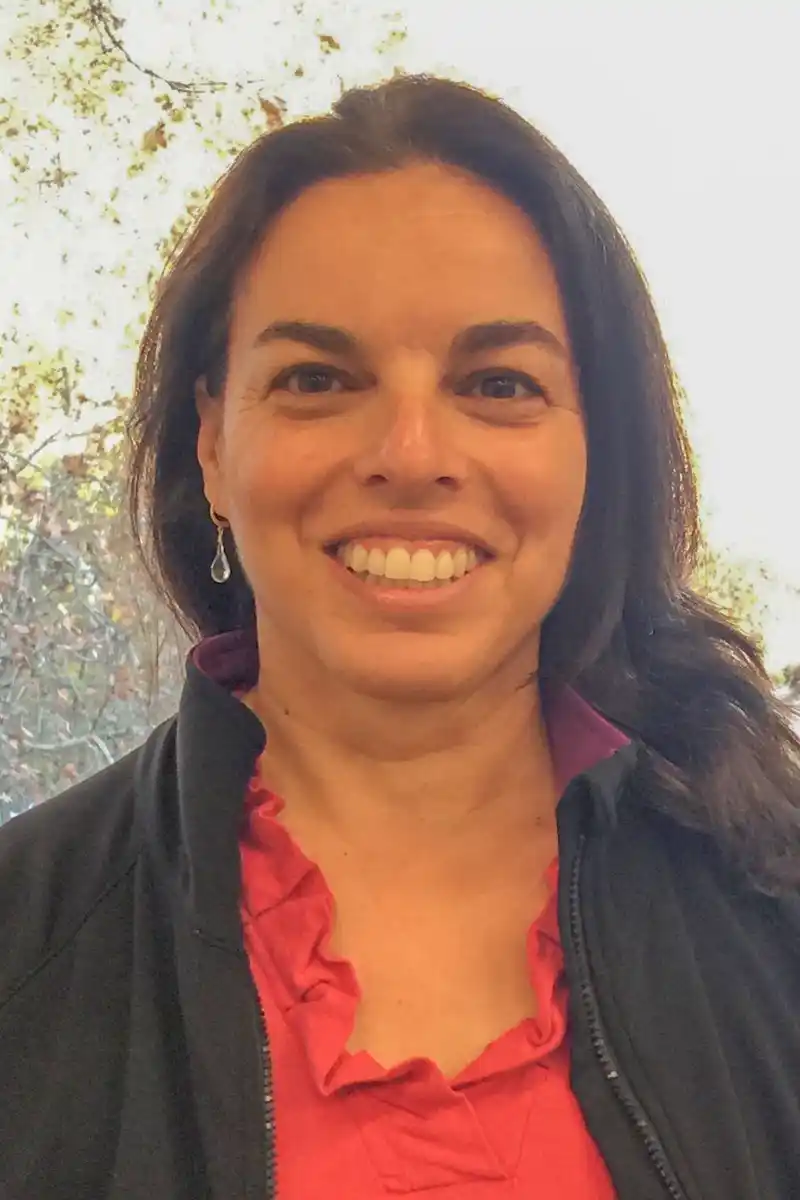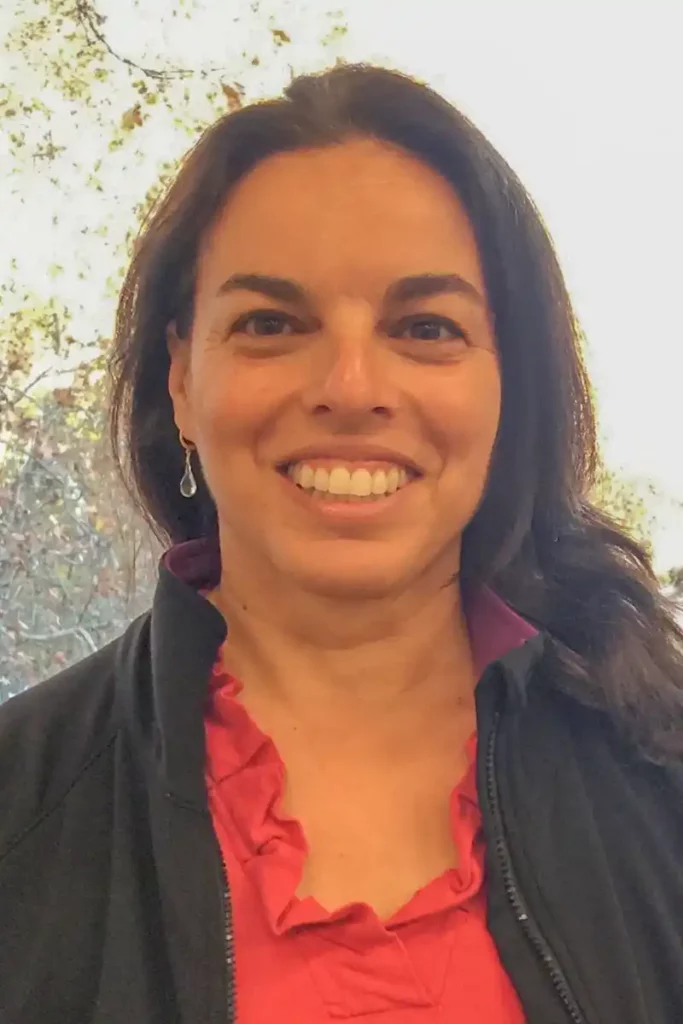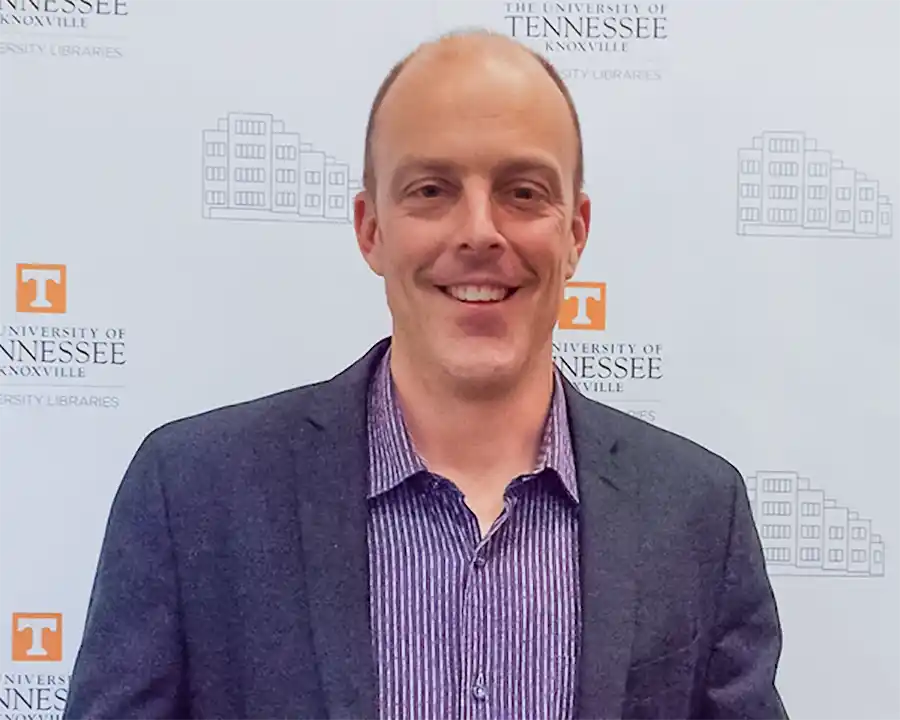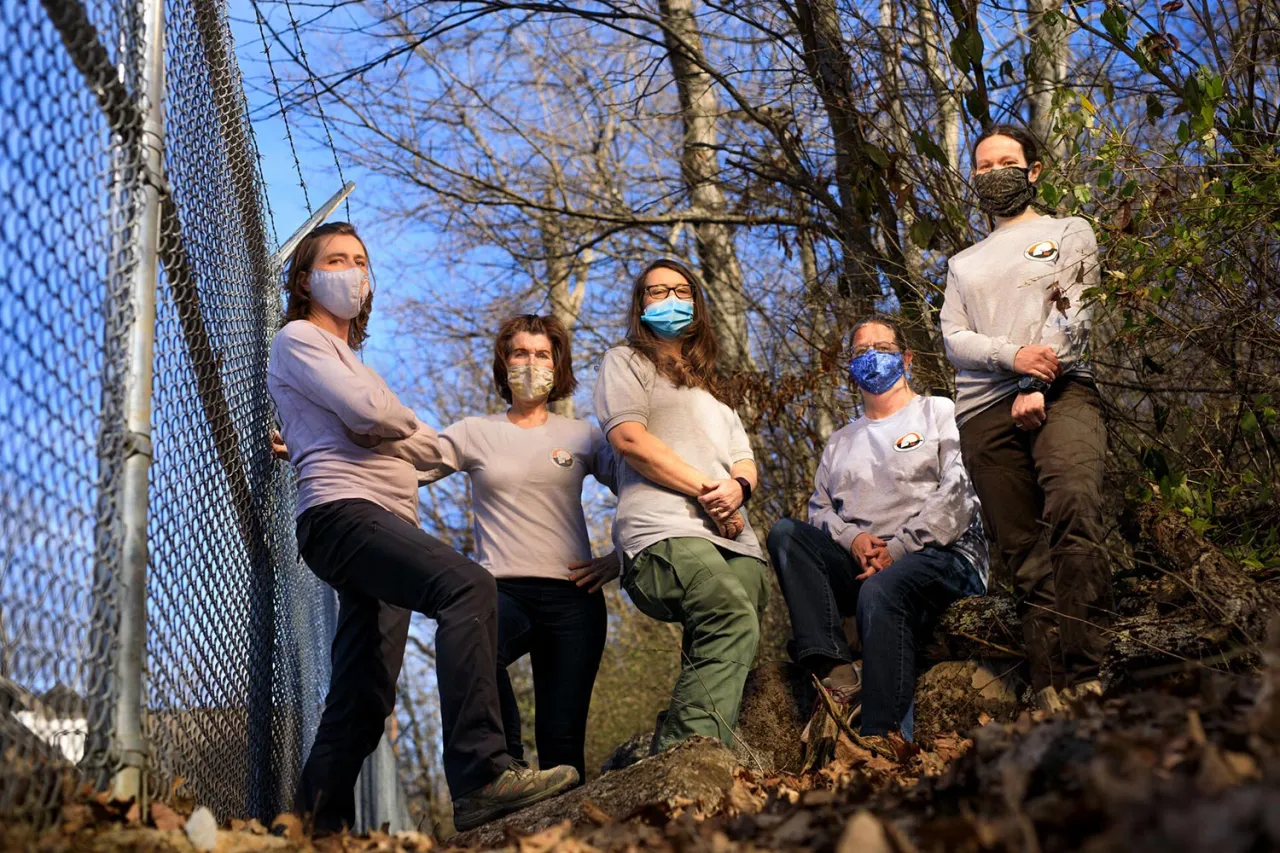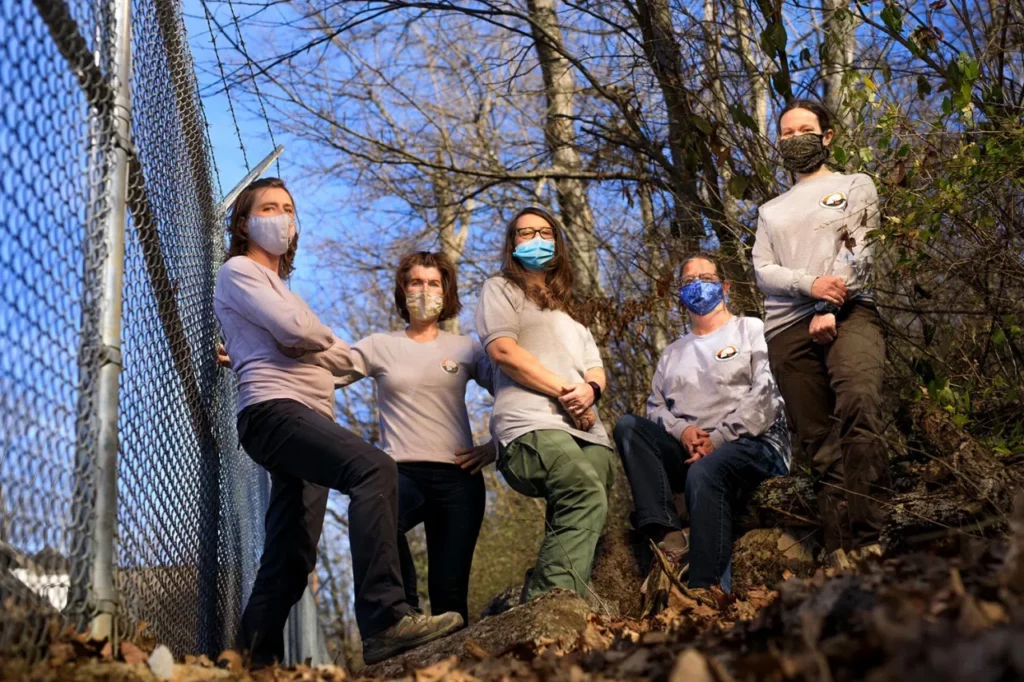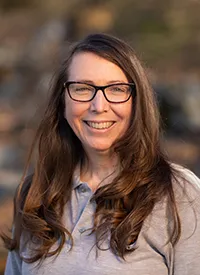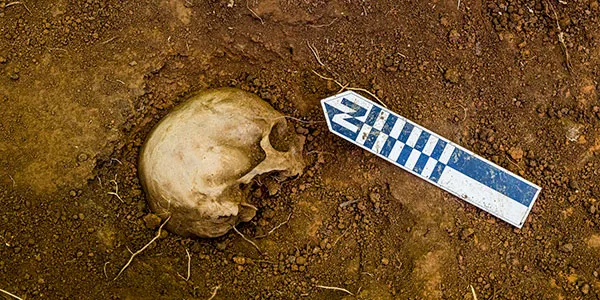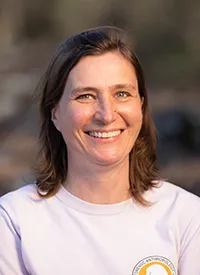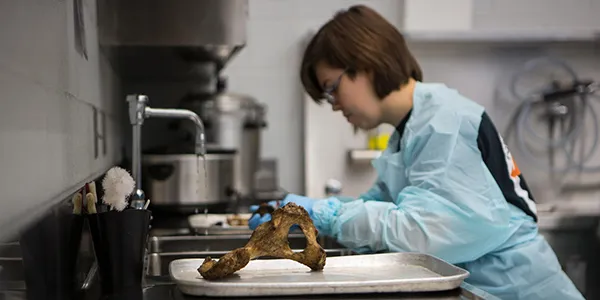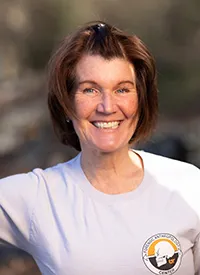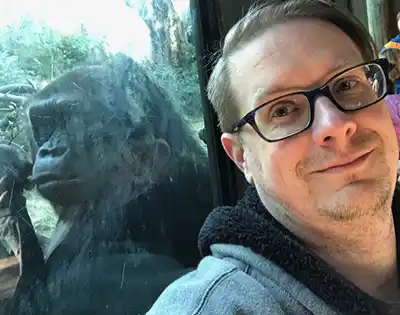News from the Forensic Anthropology Center
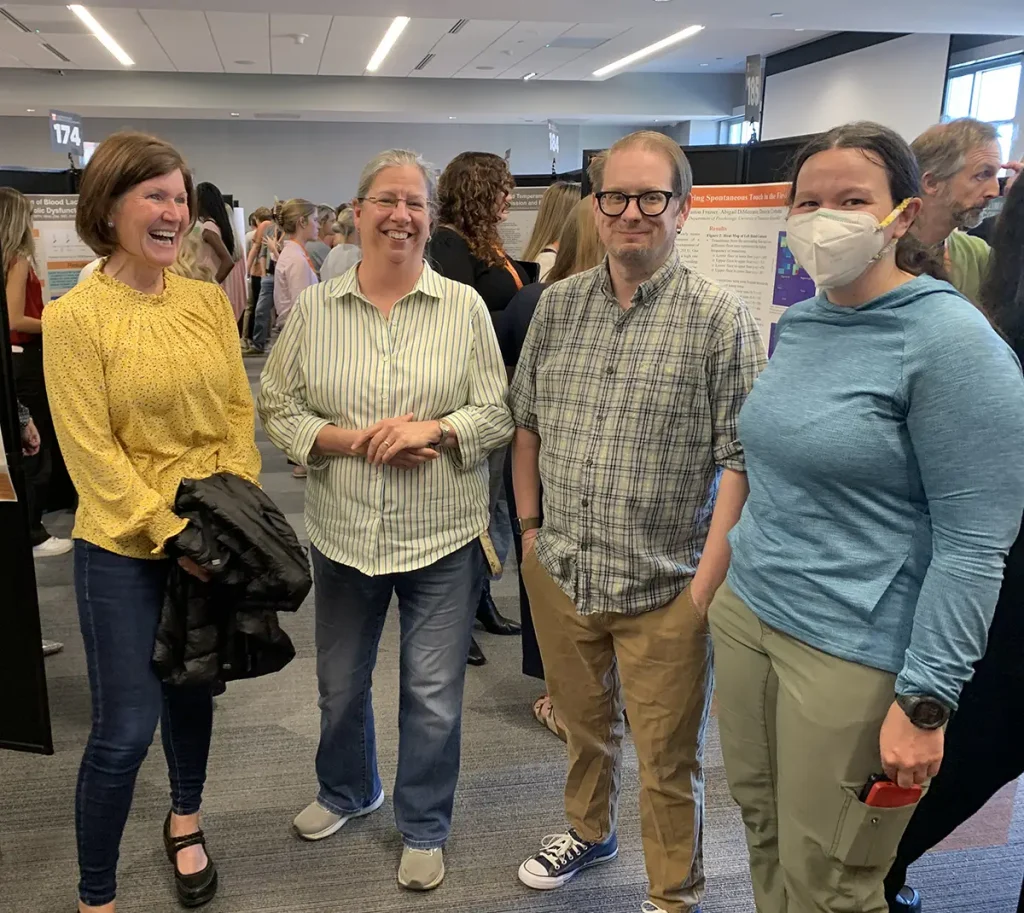
The FAC congratulates Lee Meadows Jantz on her retirement from UT. Jantz has tirelessly served the FAC for over 20 years and now enjoys her status as Distinguished Lecturer Emeritus. She is keeping busy helping with forensic casework, maintaining her work with the National Center for Missing & Exploited Children, and visiting her children and grandchild.
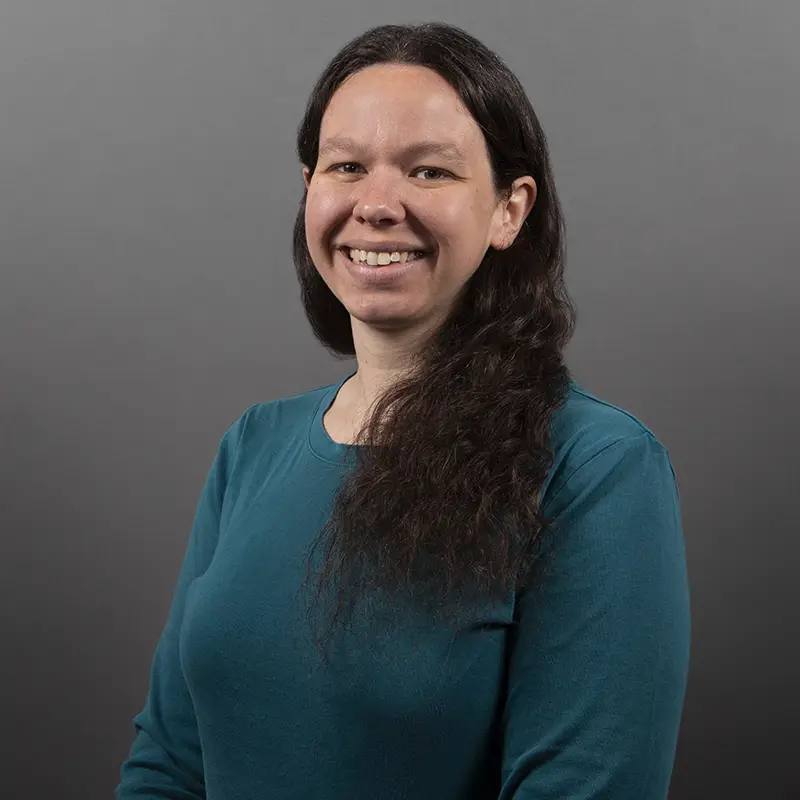
Mary Davis is the new FAC Research and Facilities Manager. She joined the FAC in 2017. In her new role, she leads the Body Donation Program, oversees the Anthropology Research Facility and Bass Building spaces, and does a million other things. We are currently hiring a new research associate and look forward to expanding the team in the near future.
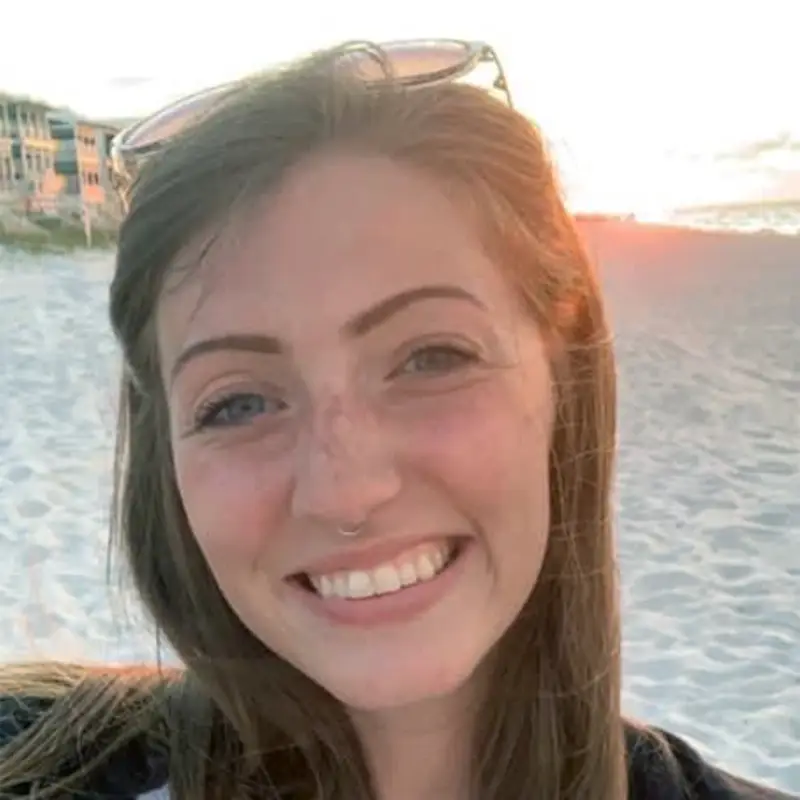
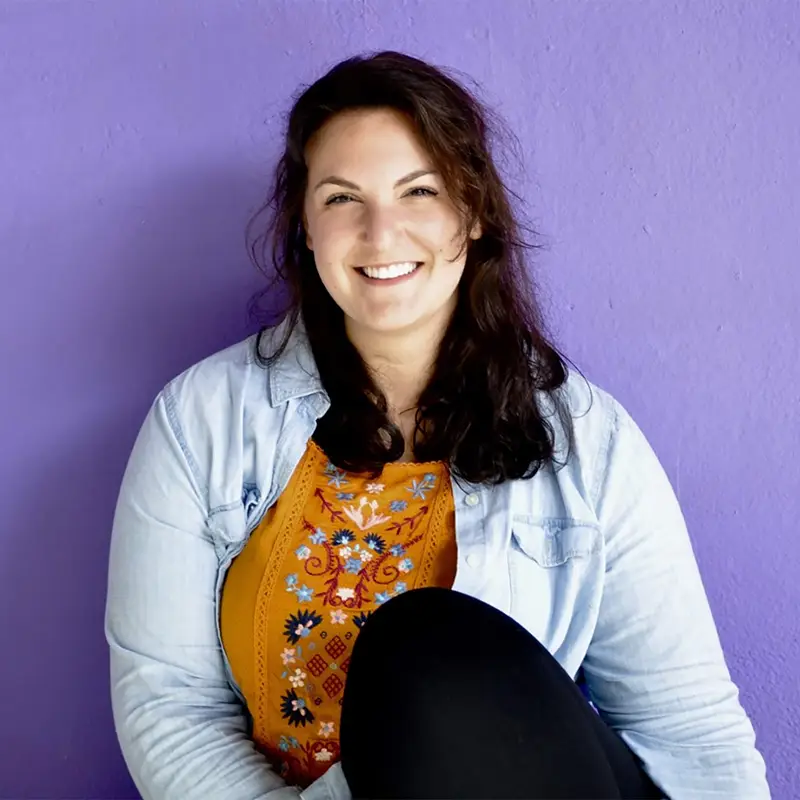
Stephanie Goble (left) and Erin Patrick (right) serve as research assistants on Dawnie Steadman’s Biometrics Project. This project aims to gather data which will increase the amount of time that biometric markers (i.e., iris scans, facial photographs, and fingerprints) can be used after an individual’s death to identify them. Both Goble and Patrick received their bachelor’s degrees in Anthropology. They also help with the Body Donation Program and other FAC projects.
Dawsen Hairston and Halleigh Phelps each received funding through UT’s Office of Undergraduate Research and Fellowships to serve as department research assistants. They assist Mary Davis in researching the efficacy of mulch and compost in increasing the rate of decomposition of mummified remains. They will present their research this spring at UTK’s EURēCA symposium.
We are excited to be breaking ground this year on the new Forensic Anthropology Laboratory, which will be attached to the William M. Bass Forensic Anthropology Building. This building is dedicated to forensic casework and brings us another step closer to laboratory accreditation. Work is expected to be completed in 2025.
The FAC hosted the National Institute of Justice (NIJ) Director and staff in December 2023. The NIJ has been the primary sponsor of our research for over twenty years. Our current scope of research includes remote sensing, microbiome/necrobiome, DNA degradation, fire trauma, biometrics, AI use in predicting the postmortem interval, soils and plant sciences, and entomology and entomotoxicology.
Joanne Devlin is an active consultant for the National Center for Missing & Exploited Children. Both she and Dawnie Steadman are Diplomates-at-large for the American Board of Forensic Anthropology Board Exam Committees, and Steadman was selected as a member of the Anthropology Section of the Organization of Scientific Area Committees that provides standards for the field.
Five students presented papers and posters this year and one former student won the Ellis R. Kerley Research Award at the American Academy of Forensic Sciences annual meeting. In addition, Joanne Devlin and Giovanna Vidoli joined partners at Arizona State University to present a sold-out workshop entitled, “The Impact of Burning on Skeletal and DNA Evidence.”
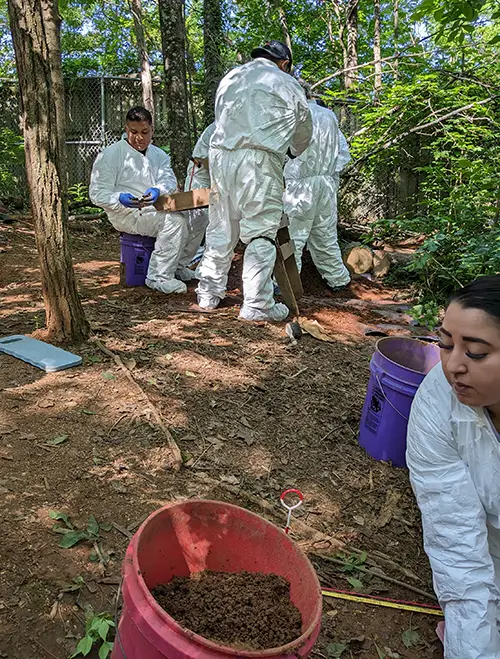
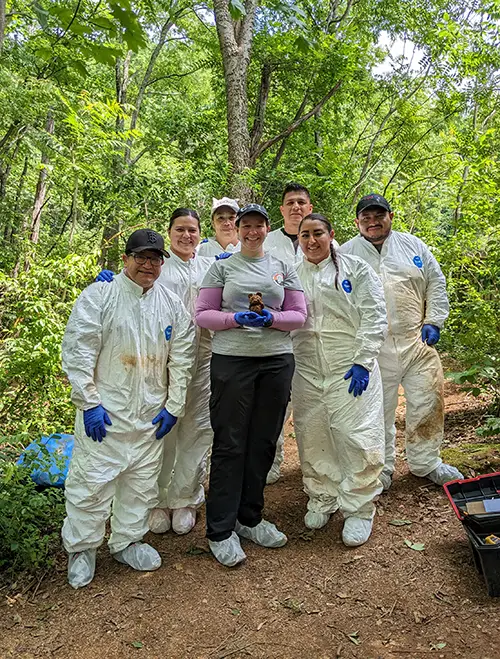
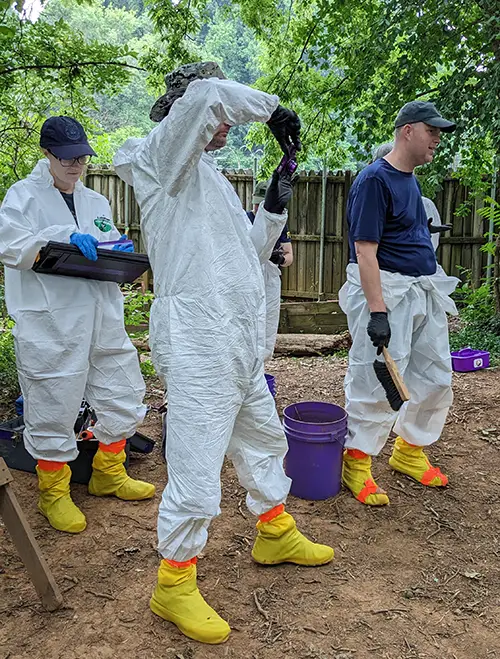
The FAC annually hosts a variety of short courses for law enforcement officers, forensic professionals, and students in forensic programs at other universities around the globe. In 2023, the FAC welcomed 254 course participants to UT for training in techniques ranging from the recovery of human remains to the identification of non-human bones. The agencies that came to the FAC included the National Park Service, Tennessee Bureau of Investigations, and three different FBI teams. They also hosted Lewis University and Utah Valley University. The FAC is continuing its relationship with the Bureau of International Narcotics and Law Enforcement Affairs and hosting professionals from Mexico twice a year to hone their skills in burial search, burial excavation, and bone identification. We are looking forward to our summer 2024 courses where we will continue to train forensic professionals from around the world.
